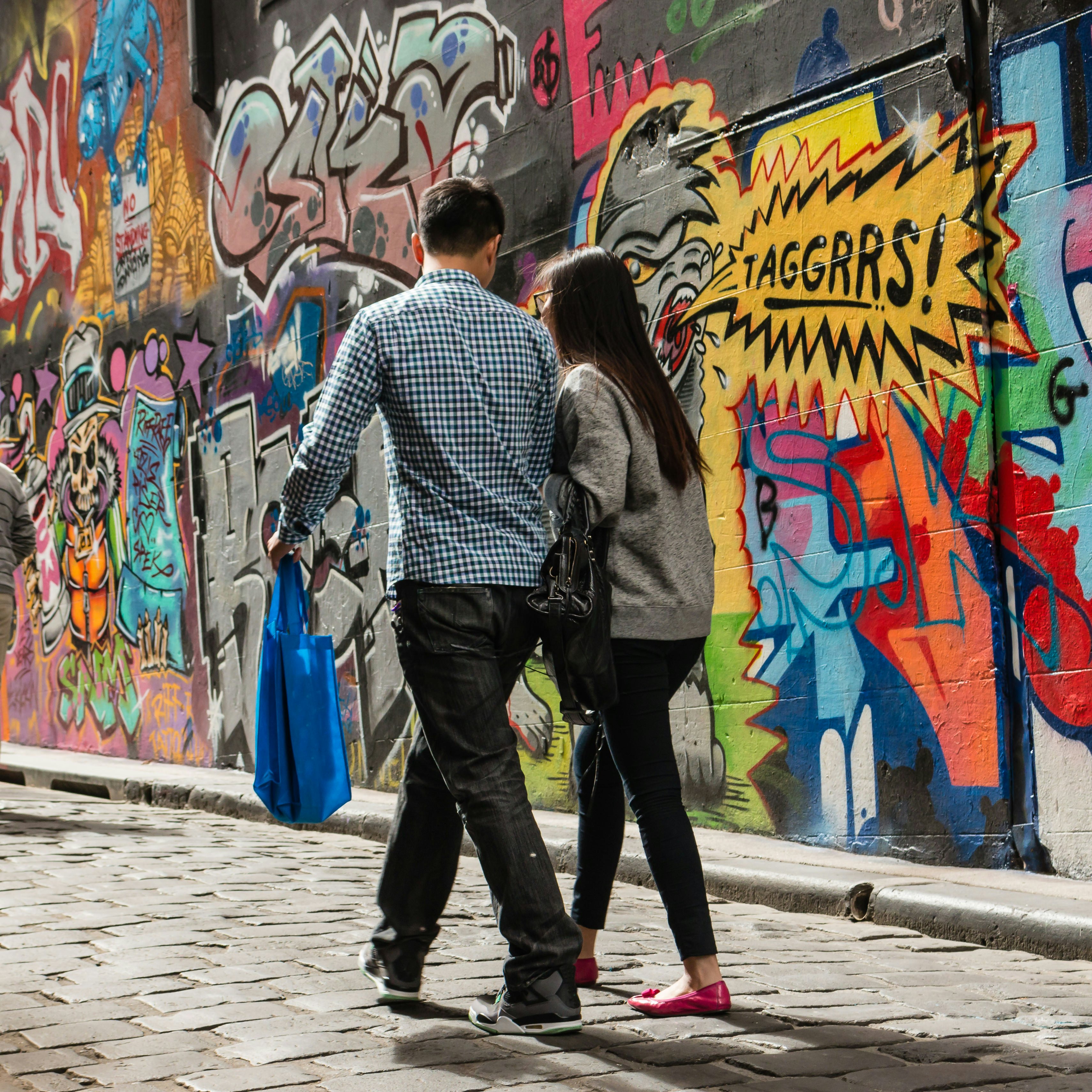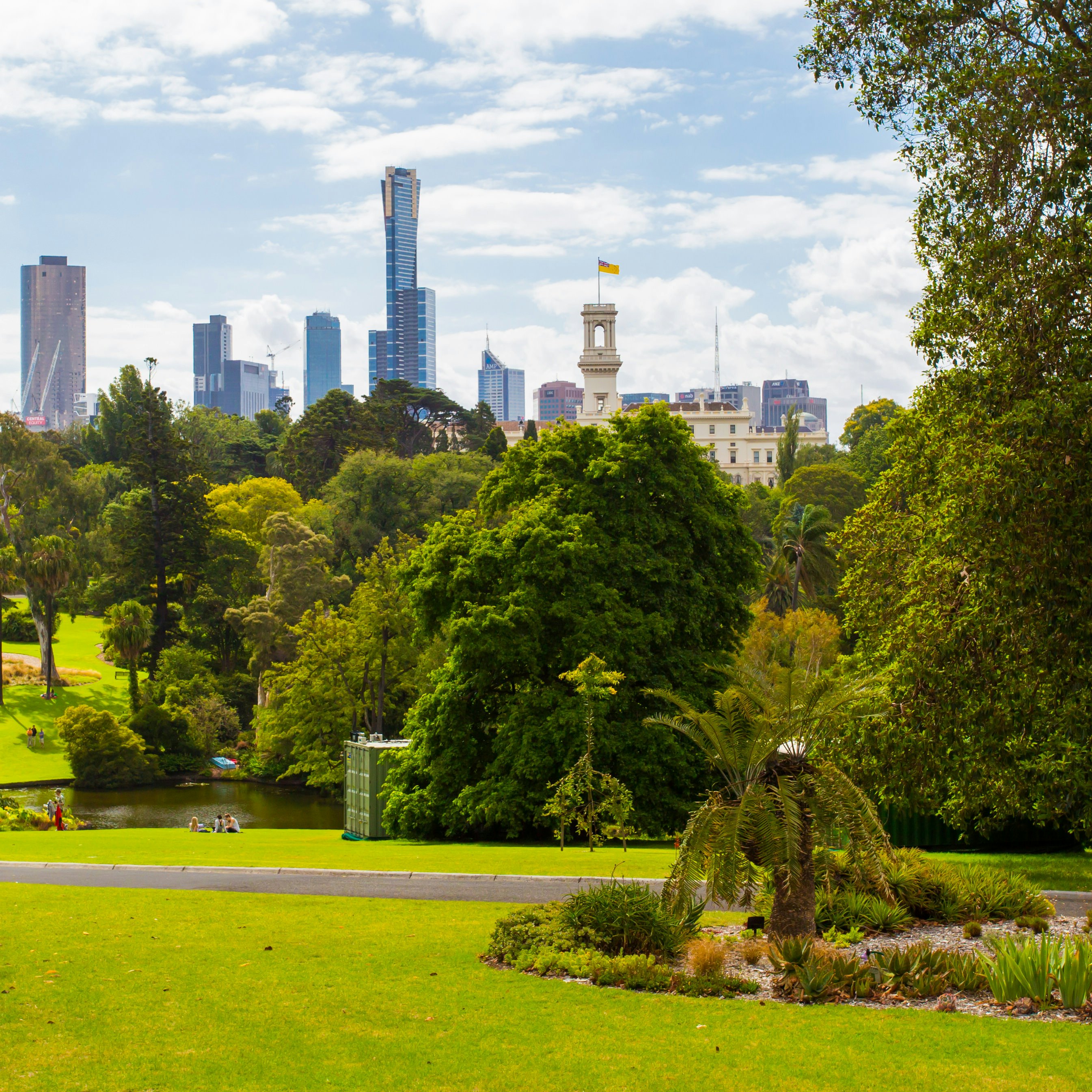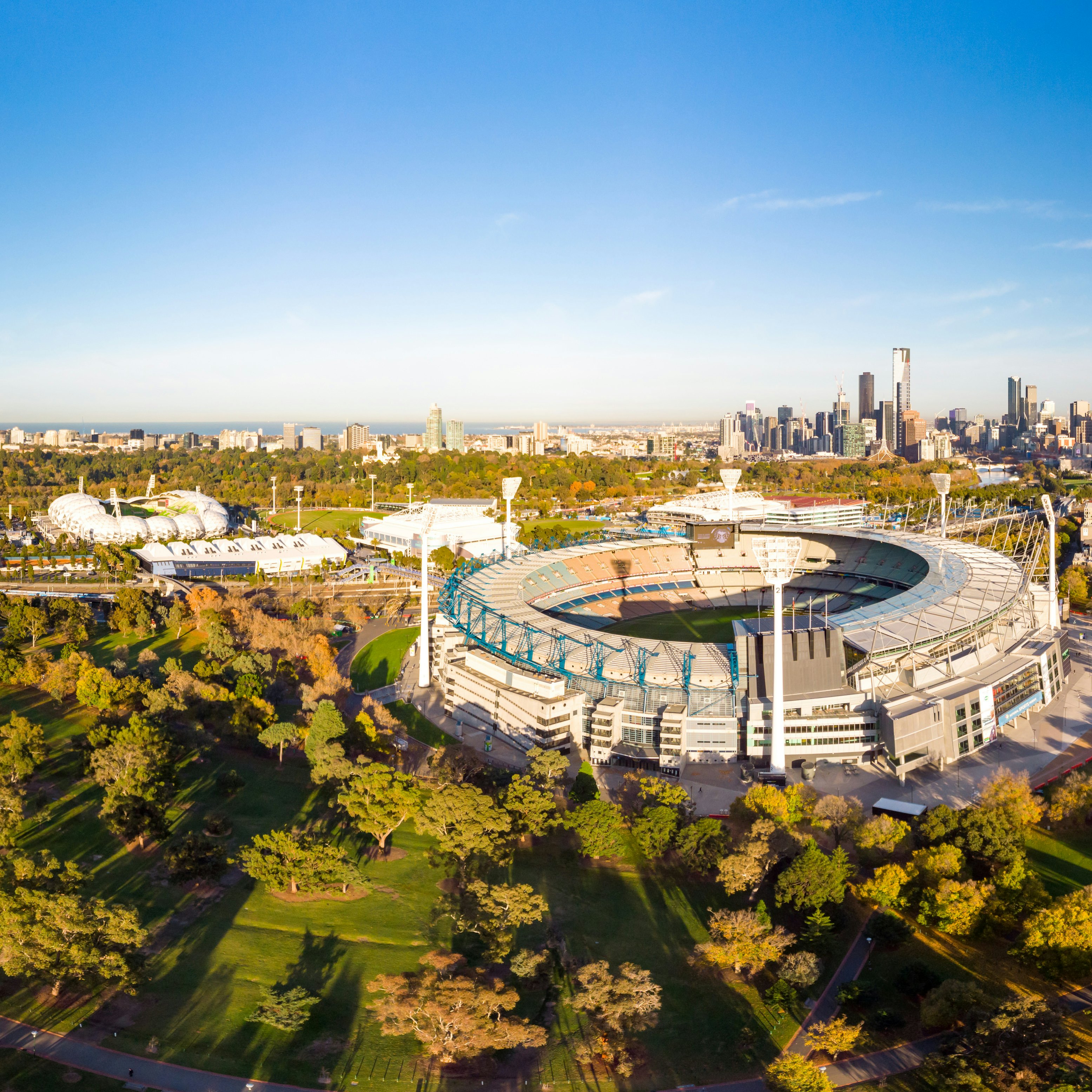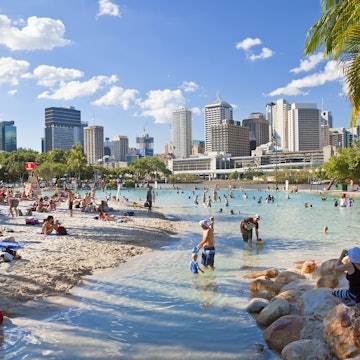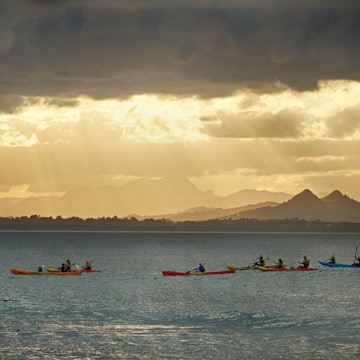
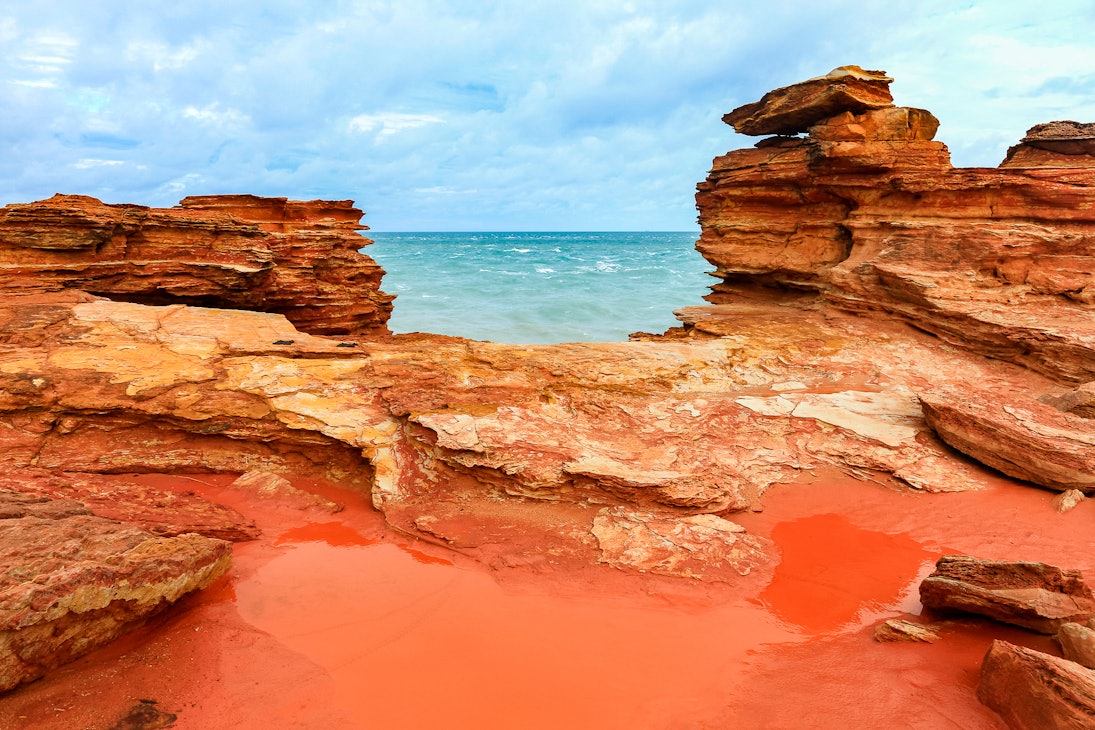
John White / Stocksy United
Overview
Australia is the unexpected: a place where the world’s oldest cultures share vast ochre plains, stylish laneways and unimaginably blue waters with successive waves of new arrivals from across the globe.
Plan your trip with Guide, an AI travel planner!
Create a personalized trip itinerary in seconds using artificial intelligence.
Must-see attractions
Planning Tools
Expert guidance to help you plan your trip
Best Things to Do
Experience the very best of Australia with this guide to the country's top things to do.
Read full article
Best Places to Visit
From culture-packed coastal towns and cities to the iconic Red Centre, here are the best places to visit in Australia.
Read full article
Best Time to Visit
Australia is so vast and varied that the best time to visit depends entirely on what you want to do. Here's how to choose the perfect time for your trip.
Read full article
Things to Know
From staying aware of swooping magpies to what side of the street to walk on, here's everything you need to know for your trip to Australia.
Read full article
Transportation
Find your way around Australia with our top tips for road trips, internal flights and long-distance coach and train services.
Read full article
Money and Costs
Australia is not a cheap destination, but these money-saving tips will stretch your Aussie dollars a little further.
Read full article
Traveling with Kids
From its tropical reefs to its snow-covered mountains, Australia is the ultimate family travel destination. Here's what you need to know.
Read full article
Best Road Trips
What’s the best way to explore a continent-size country? By hitting the road.
Read full article
Get Connected
Stay connected on your trip Down Under with these helpful tips.
Read full article
Get a book. Get inspired. Get exploring.
in partnership with getyourguide





